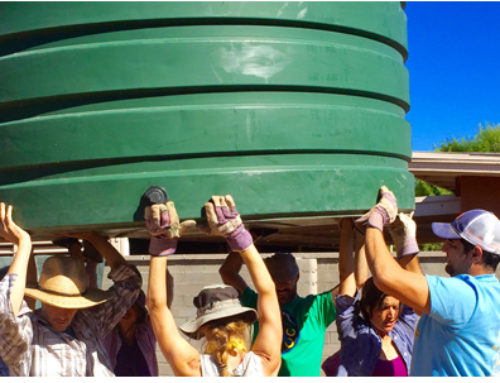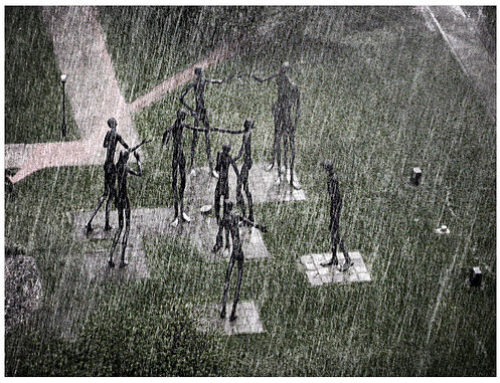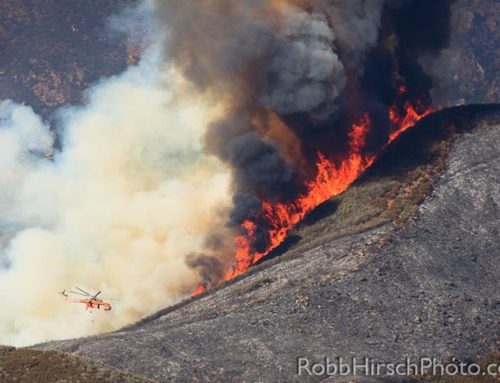-
Legislation can drive easy adoption of water reuse practices. On Feb 7th, Wholly H2o’s Monthly Forum is addressing the indoor use of rainwater. Neal Shapiro, who has written the following article on rainwater legislation, will be presenting on the same topic.
California’s Hope To Enter the Rainwater Harvesting Paradigm
By Neal Shapiro, CSM – ARCSA Member2011 could become a “watershed” year for California with the passage of AB1834, literally. While many states, and other industrialized countries, have and continue to move toward a more sustainable approach to local water management, California has been silent on regulations to permit rainwater and stormwater harvesting for indoor and outdoor non-potable and potable end uses at a critical period when reliance on imported water resources is unreliable and unsustainable state-wide. While the state water code defines potable, recycled and gray water resources, it is silent on rainwater and stormwater. Some interpret this to mean that their uses are allowed, though no uniform set of guidelines and regulations, permitting and inspections exists to provide a regulatory system that is user-friendly to those who want to use these local water resources. Due to this void, to make this a permissible activity, regulations for another water resource are used to formulate a regulatory framework, resulting in a cumbersome system that is a regulatory maze, cost-prohibitive and fails to promote a sustainable activity. AB1834 will provide a uniform standard for rainwater harvesting and use, and give flexibility to local agencies to implement this sustainable strategy. At a time when the state and the western United States continue to face drought, adding a local water resource to the overall water management mix is a welcome, necessary, and bold step.
AB1834 is expected to be re-introduced by Assemblyman Jose Solorio (D-Santa Ana, 69th District) into the state legislature in the first quarter of 2011. The bill defines rainwater, rainwater capture system (systems on a parcel, onsite catchment), stormwater and stormwater capture system (systems with offsite catchment from the MS4 and surface waters); it will allow indoor and outdoor end uses; and it focuses on rainwater use on private and public parcels. Stormwater applications are not authorized due to the need for a stakeholders’ discussion on how stormwater harvesting impacts the balance between local uses and water rights of water agencies. Western water law is a unique challenge for many states and locales when it comes to rainwater-stormwater harvesting. Utah and Colorado are two examples where this has become a roadblock for rainwater harvesting. And it could be in California areas where surface waterways are used for recharging aquifers. A small group of interests, including non-governmental organizations, cities, and water agencies, has been working with the Assemblyman’s staff to craft a bill that at a minimum can put California on a preliminary sustainable water management path. Once this bill is passed and positive experience is gained, further steps can be taken to expand rainwater uses to larger government stormwater use projects and potable applications.
In the meantime, some rainwater harvesting programs exist around the state. San Francisco, the city and county of, passed a Memorandum of Understanding in 2008 that establishes a legal framework for rainwater harvesting projects for non-potable indoor and outdoor intended uses. This MOU is unique because it involves the city and county, building and public health offices, and the public utility commission. The cities of Los Angeles and San Diego did pilot projects and studies to determine the effectiveness of a permanent rainwater harvesting program. Santa Monica has a rebate program for downspout redirect, rain barrels and cisterns. Berkeley has a very effective rainwater harvesting regulatory framework. And in Southern California, as a region, a small group of cities, LA County Public Works and Public Health, and NGOs have been working for a few years to develop a matrix that allows for a limited number of applications for rainwater and stormwater and under specific filtering and disinfection standards; this document has not been approved.
Indeed, California is on the brink of a significant and bold step toward sustainable water management at a critical time of water supply uncertainty and of climatic change influencing precipitation patterns. Given the urgency of creating a uniform legal framework for rainwater and stormwater harvesting, 2011 is our year in California for a Rainwater Catchment Act.
For more regulatory and how-to manual information on rainwater harvesting around the country, contact Neal Shapiro, City of Santa Monica, neal.shapiro@smgov.net, and ARCSA Board Member Doug Pushard’s web-site,http://www.harvesth2o.com/statutes_regulations.shtml#.






